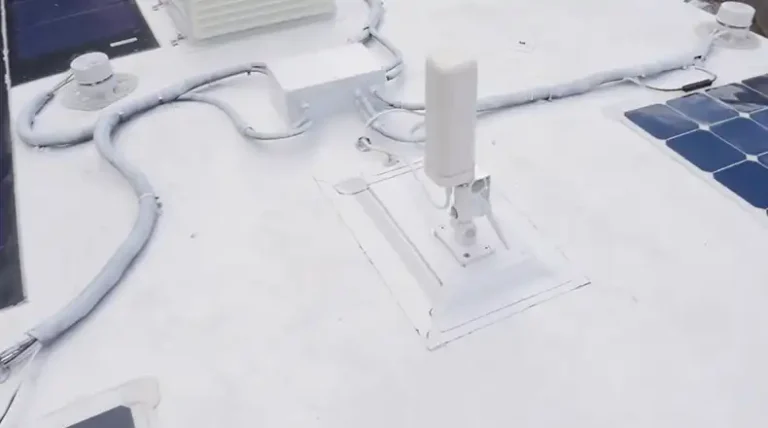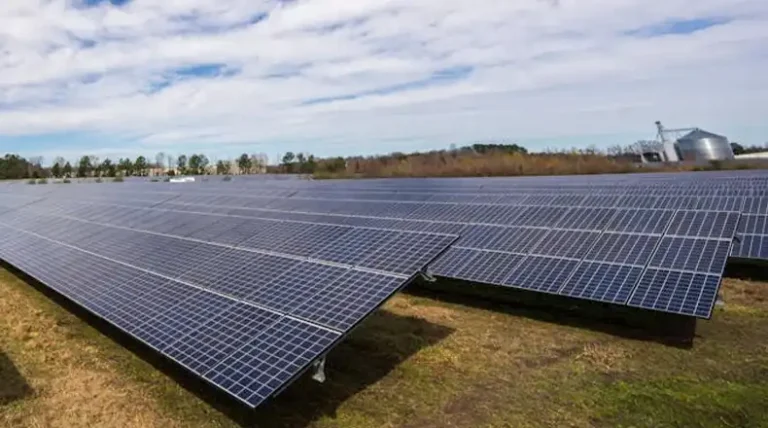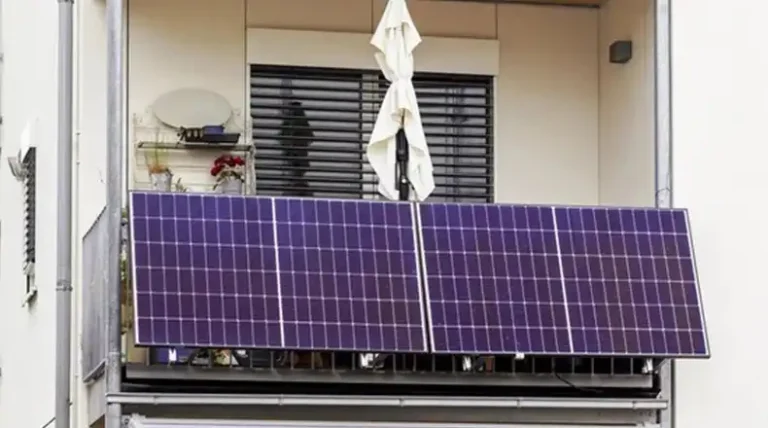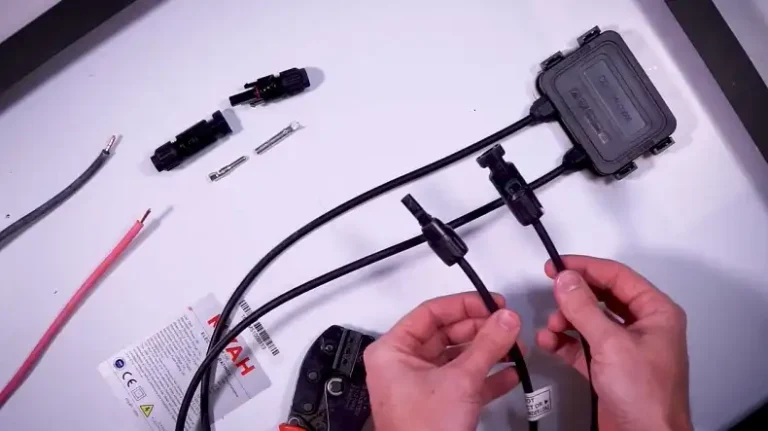How Many Solar Panels Does it Take to Power a Caravan?
Understanding your caravan’s electrical needs is crucial when determining how many solar panels you’ll require. The number of panels depends on various factors, including your appliance power consumption, battery capacity, sun exposure, and usage patterns. This guide will walk you through the process of calculating your specific solar panel requirements, ensuring you have enough power to keep your caravan running smoothly.
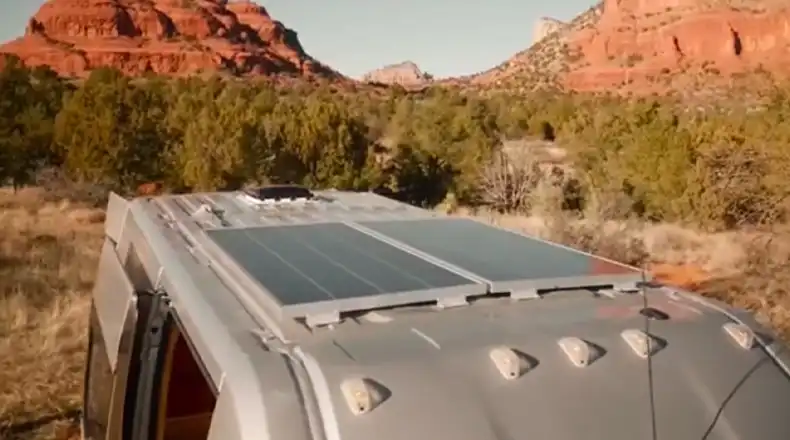
Number of Required Panels for Different Scenarios
Appliance Power Consumption
The first step in determining your solar panel needs is to assess the power consumption of your caravan’s appliances. Different appliances have varying wattage requirements, and the combined consumption will dictate your overall power needs. Here’s a table listing some common caravan appliances and their average wattage consumption:
| Appliance | Average Wattage |
| Refrigerator | 100W |
| Lights (LED) | 20W |
| TV | 50W |
| Laptop | 60W |
| Water Pump | 40W |
Battery Capacity
Solar panels are used to charge your caravan’s batteries, which store the energy for later use. The capacity of your batteries, measured in amp-hours (Ah), plays a crucial role in determining how much solar power you’ll need to keep them charged.
It’s important to note that not all of the rated battery capacity is usable. For example, a 100Ah battery may only have around 80Ah of usable capacity to prevent excessive discharge and damage. The type of battery you choose can also impact its capacity and performance. Here’s a table comparing two common caravan battery types:
| Battery Type | Typical Capacity | Advantages | Disadvantages |
| AGM (Absorbed Glass Mat) | 60-100Ah | Low maintenance, spill-proof | Higher cost, limited cycle life |
| Lithium | 100-300Ah | Lightweight, high energy density, long cycle life | Expensive, requires specialized charging |
Sun Exposure
The amount of sunlight your solar panels receive directly affects their efficiency and power output. Locations with more sunlight hours per day will require fewer solar panels to generate the same amount of energy as areas with less sun exposure. The table below shows the average sunlight hours per day in different regions:
| Region | Average Sunlight Hours/Day |
| Southwest U.S. | 6-8 hours |
| Southeast U.S. | 5-7 hours |
| Midwest U.S. | 4-6 hours |
| Northwest U.S. | 3-5 hours |
| Northern Europe | 3-5 hours |
| Southern Europe | 5-7 hours |
Caravan Usage
Your usage patterns will also influence the number of solar panels you’ll need. If you’re a weekend warrior who uses your caravan occasionally, you may require fewer panels than someone living full-time in their caravan. Frequent off-grid use means you’ll need a larger solar array to keep up with your energy demands.
General Solar Panel Guidelines
While the specific number of solar panels required for your caravan will depend on the factors mentioned above, a general rule of thumb is to have around 200 watts of solar power for every 100 amp-hours of usable battery capacity.
For example, if you have a 100Ah battery with 80Ah of usable capacity, you’ll need approximately 160 watts of solar panels (200W x 0.8 = 160W).
However, this is just a starting point, and it’s essential to perform a more detailed calculation based on your specific needs.
Calculating the Number of Panels Required for Your Caravan
To accurately determine the number of solar panels required for your caravan, you’ll need to calculate your daily power consumption in watt-hours (Wh) and factor in the sunlight hours and desired recharge time.
Step 1: Calculate your daily power consumption in watt-hours (Wh)
Daily power consumption (Wh) = Sum of appliance wattages x Hours of use per day
For example, let’s say you have the following appliances and usage patterns:
- Refrigerator (100W) running 24 hours/day
- LED lights (20W) used for 6 hours/day
- TV (50W) used for 3 hours/day
- Laptop (60W) used for 2 hours/day
- Water pump (40W) used for 1 hour/day
Daily power consumption = (100W x 24h) + (20W x 6h) + (50W x 3h) + (60W x 2h) + (40W x 1h) = 2,400Wh + 120Wh + 150Wh + 120Wh + 40Wh = 2,830Wh
Step 2: Determine the required solar wattage
Required solar wattage = (Daily power consumption (Wh) / Sunlight hours) x 1.3 (efficiency factor)
Let’s assume you live in an area with an average of 6 sunlight hours per day and want to fully recharge your batteries in a single day. Using the daily power consumption calculated in Step 1, the required solar wattage would be:
Required solar wattage = (2,830Wh / 6h) x 1.3 = 611.7W
If you prefer a longer recharge time, say 2 days, the required solar wattage would be lower:
Required solar wattage = (2,830Wh / 12h) x 1.3 = 305.8W
So for the given daily consumption of 2,830Wh, desired 1-day recharge, and 6 sunlight hours:
- You would need 7 x 100W polycrystalline solar panels
- Or 2 x 320W monocrystalline solar panels
The table below illustrates the required solar wattage for different sunlight hours and recharge times, based on the example daily power consumption of 2,830Wh:
| Sunlight Hours/Day | 1-Day Recharge | 2-Day Recharge |
| 4 hours | 917.5W | 458.8W |
| 6 hours | 611.7W | 305.8W |
| 8 hours | 458.8W | 229.4W |
Once you’ve determined the required solar wattage, you can choose the appropriate number and size of solar panels to meet your needs.
Choosing the Right Solar Panels
Solar panels come in various types, with monocrystalline and polycrystalline being the most common for caravan applications. Here’s a comparison of these two panel types:
| Panel Type | Efficiency | Size | Cost |
| Monocrystalline | 15-22% | Smaller for same wattage | Higher |
| Polycrystalline | 13-16% | Larger for same wattage | Lower |
While monocrystalline panels are more efficient and compact, polycrystalline panels can be a more cost-effective option for larger solar arrays. Consider factors such as the available roof space on your caravan, desired panel wattage, and your budget when making your choice.
Mounting and wiring the solar panels correctly is also essential for maximizing their efficiency. Position the panels for optimal sunlight exposure throughout the day, and minimize wiring losses by keeping cable runs as short as possible.


